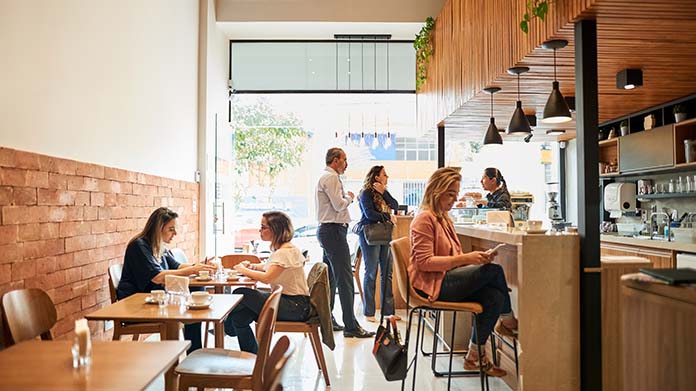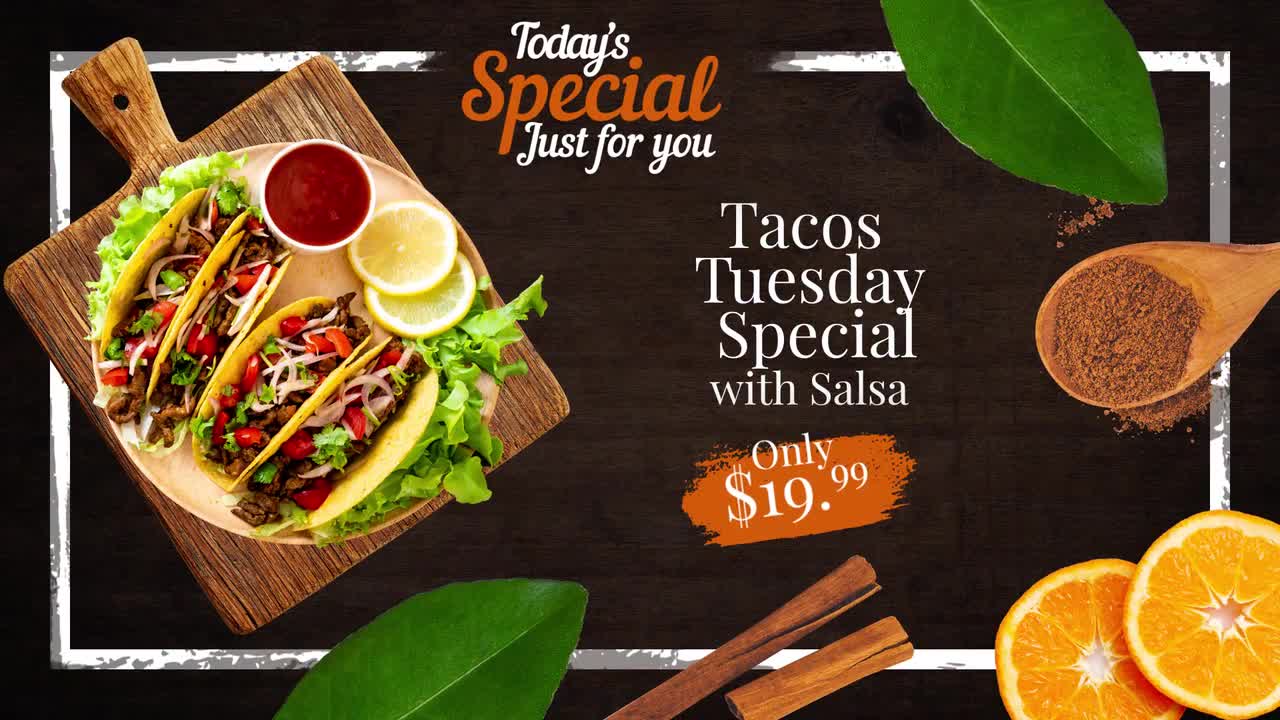Restaurant owners often look at their sales figures as the only barometer for success. However, sales figures do not tell you the entire story. Looking at food cost metrics should also be a priority for restaurants. Most importantly, a low food cost will have a major impact on your bottom line. In this article, we would like to share our top tips and tricks on how to control food cost in restaurant.
How to Control Food Cost in Restaurant
Monitoring all the food that comes into your restaurant is the first step to how to reduce food costs. Knowing the quantity that goes in and out of your restaurant can help prevent over-ordering and over-stocking of goods. Let’s go over some strategies you can employ on how to control cost in restaurant:
1. Do Thorough Inventory Management
Performing inventory checks daily is an important task that can help get the restaurant more savings and consequently, more profit. In addition, daily inventory checks can help you monitor production data and usage data. Knowing what’s being cooked on a daily basis will give restaurant owners or managers the capability to see if there’s something fishy going on.
As an example, let’s use the operations of a coffee shop. The seven day average usage of coffee beans is 7 kilograms a day. Then one day, the restaurant manager sees that the coffee bean usage for the day is 14 kilograms. Since the manager checks their inventory daily, he or she will know that there should be an explanation for the increased usage.
First, it’s possible that sales that day were really good. Secondly, there was an incredible amount of waste of coffee beans that day.
Lastly, there was a case of a missing bag or employee theft. To sum up, a restaurant manager can make informed inferences as to why the usage for that day went up because of monitoring daily inventory.

A proper inventory management system can reduce wastages. Moreover, it can also help keep a healthy stock level. A tip to lower food cost is not to purchase what you don’t need. Purchasing at the right levels can be done properly with the proper usage data.
2. Know Your Food Costs: From Sauces to Steaks
In order for you to lower your food costs, you have to understand the cost of each ingredient. Recipe costing is a great way to break down the cost details of each item. The goal is to have the cost for every ingredient you have in your restaurant.
When you’ve tracked the cost of every ingredient, you can now calculate the food costs of every menu item. Calculating your food costs can take days. However, having it available will help you in budgeting and will help bring in more savings.
Some important factors that you need to consider are:
COGS
Food Cost %
The industry standard for restaurant food cost percentage is 18-45%, depending on the type of menu your restaurant has. However, if your food cost is exceeds 45%, it might be time to revisit some ingredients that you use.
To have a better understanding of your food costs, it is important to look past your theoretical food cost percentage and look at the actual numbers. Theoretical numbers are what your food costs should be while actual numbers are the amount you spend on the ingredients.

There are variances that are negligible and there are variances that should be acted upon. A 0.5-1% difference should be okay while variances of more than 1% should be investigated. Tracking these variances can help with making the necessary adjustments before it becomes an issue that will negatively impact your profits.
3. Engineer and Maximize your Menu
Menu engineering is the study of how you balance the profit and popularity of the products on your menu. The main goal of menu engineering is simple: to increase the bottom line for your company. You can instantly categorize and prioritize items by conducting the menu engineering matrix on your products. Furthermore, you’ll be able to see which of your menu items have the highest and lowest profitability. As a result, a decision can be made to revise recipes to have more high profit ones and you will know how to control food cost in restaurant.
If your restaurant is selling a lot of low margin items with high popularity, the menu price can be higher. On the other hand, if your restaurant sells quite a handful of low margin items with low popularity, it might be time to remove these from the menu. Another option might be to completely revise the recipe to cater the market. In short, menu engineering is an essential strategy to control food costs.
4. Implement FIFO Method
The term FIFO simply means “First In, First Out”. The idea behind this method is to use your oldest ingredients first while the restaurant stocks up on fresh ingredients. Moreover, it also prevents food from spoiling without serving it.
5. Explore a Partnership with Vendors
Get all the necessary information about your products and try to work with your vendors. Be diligent in looking around for the vendor with the best prices. Maintain your relationship with them and ask for possible discounts in the future to lower your food cost.
A good strategy to employ is to order in bulk and avail of the bulk discount. However, have the orders sent out in batches, instead of all at once. For example, ABC Steaks has a good relationship with XYZ Butchers. Consequently, ABC Steaks informed XYZ Butchers that he wants to buy in bulk 100 kilograms of steak and wants it sent out in 4 batches. In this scenario, not only did ABC Steaks get the bulk discount, he also had the luxury of maintaining a healthy inventory level.
6. Carry Out Daily Featured Products
Customers get excited when they see special menus. Leverage this as a way to also reduce food wastages and learn how to control food cost in restaurant. When an ingredient is nearing its shelf life, try to come up with recipes that include that item and add to your daily steal deals. Not only will you be able to clear out old stock, you’ll be able to add profits at the same time.

7. Maximize Trimmings
There are certain items that will be wasted no matter what. Some examples include fruit trimmings, vegetable trimmings, seafood trimmings, and stale bread. Repurposing these to items such as soup stock, bread crumbs, etc. is a great strategy to reduce food waste.
8. Keep Employees in the Loop
Restaurant owners typically want to keep numbers to themselves. However, it’s not only you, you employees also should learn and care about how to reduce food cost in restaurant management.
Employees feel empowered when shared with this type of information. They feel like they’re part of the restaurant instead of being just a worker. Transparency with employees can lead to work more carefully when it comes to preparing the food.
9. Pre-Portion your Food
There are times when restaurant operations aren’t as busy. Take this time to pre-portion some of your food. Once customers roll into your restaurant, there will be no time to portion the ingredients. What will happen is food portioning will be based on eye level. Therefore, controlling your food costs will certainly be out of the question.
Quantities and qualities of the food will be maintained if it’s pre-portioned ahead of operations. No more possible customer complaints on why portions are different. New hires won’t panic when customers don’t stop coming in. In short, pre-portioning your ingredients is key to running smooth operations.
Closing Remarks
In order to operate a successful restaurant, an owner must know how to control food cost in restaurant. There is no exact formula on how to do it. Make sure to always be diligent in looking for ways to increase profitability. Get a head start and start implementing these techniques for smoother restaurant operations.
EagleOwl
EagleOwl is a back of the office solution that’s meant to increase a restaurant’s profitability. The goal of EagleOwl is to bring your costs down so you can add more profits.
While EagleOwl does not have built-in accounting software, it is possible to integrate accounting softwares to it.
